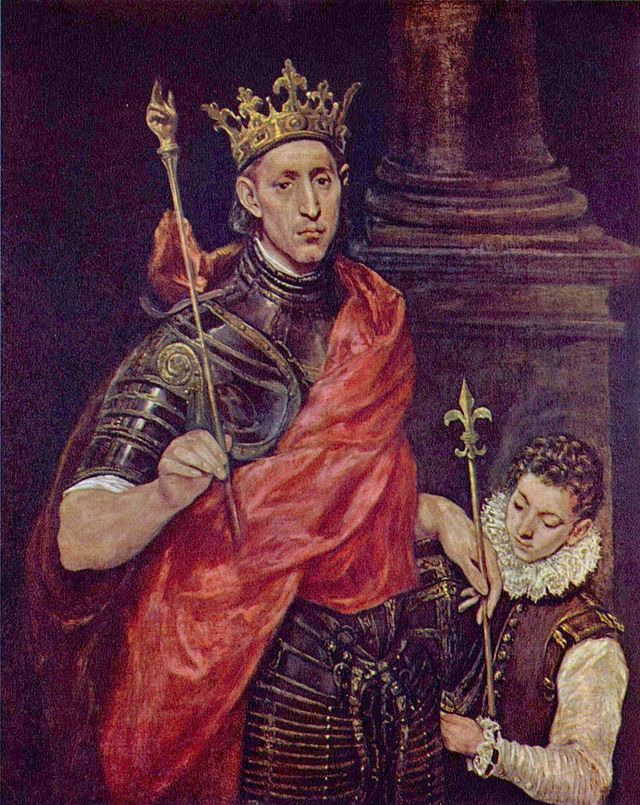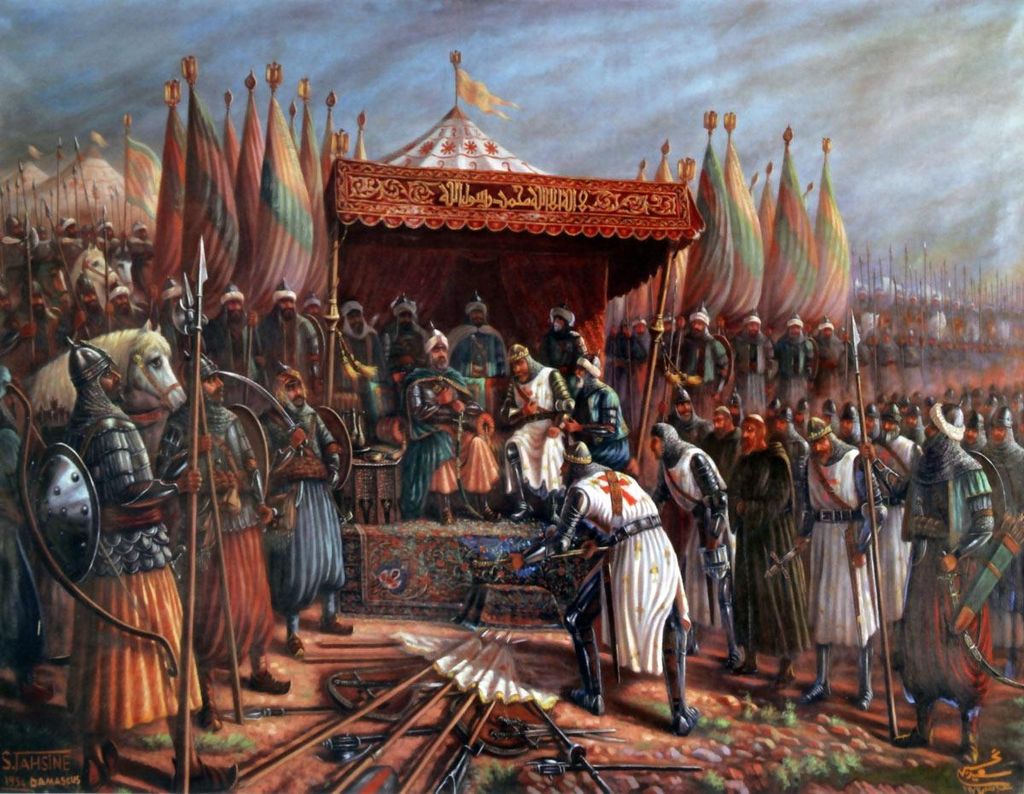Historical Eras

The Ayoubid State and Alexandria

From its inception to the end, the Ayoubid rule was a militant Islamic state. After the victory of Hatin during which Jerusalem was recovered from the hands of the Crusaders, to the Mansoura victory which ousted the French Army under the command of King Louis IX, the Ayoubids prevailed.
Alexandria had its share of militant action and battles, while sharing in the expansion of the works of construction and building, commercial activity and scientific research:
- 1. Saladin worked hard on improving the status of Mediterranean ports and harbors of Alexandria, Damietta and Rosetta by rebuilding and refurbishing their walls and towers, digging trenches in their perimeter and visiting Alexandria three times to remodel it into the largest Egyptian naval base ever.
- 2. Saladin raised the wages of the sailors and navy staff to encourage more people to enroll into the service of the fleet.
- 3. The Sultan’s Shop was a public service in the port of Alexandria that provided imported goods and merchandise required by the army staff, in particular timber, iron and wool.
- 4. Saladin worked hard on improving defense lines, port security and coastguard services to safeguard the coastline, harbors and ports and it became customary to pull thick chains across the sea to safeguard moored ships on the docks, and such is the name still used nowadays for the Eastern Harbor in Alexandria.
- 5. A large Moroccan community came to dwell in Alexandria in a further attempt to ensure more security for the port, and Saladin made good use of their defense and protective skills to guarantee maximal harbor safety.
- 6. Saladin spread the spirit of war and jihad in the souls of Muslims to enhance their enthusiasm towards such a sacred duty through the numerous schools he founded in Egypt and the Levant.
- 7. Saladin also developed the urban, economic and cultural aspects of Alexandria besides its military warfare to strengthen its cultural grounds and raise the people’s luxury.
- 8. The canal linking Alexandria to the River Nile remains one of the greatest achievements of the Islamic Era and helped its shores and roads turn green with numerous palaces and gardens spread around the city. People used to go by for leisurely walks along the canal or go fishing in its waters and poets praised its beauty with extremely poetic expressions. In addition, the canal helped trade grow even more as during the flood of the Nile, water levels would rise, making navigation of the commercial fleet even easier making the trip from Cairo to Alexandria pleasurable and faster for the transport of imported or exported merchandise.
- 9. After Saladin's death in 589AD/ 1193H, his sons and successors of kings from the Ayyubids continued to foster Alexandria and were keen to visit it and supervise its affairs.

The end of the Ayoubid Era came with the Crusade of Louis IX in 1249 who killed its last king – Turanshah Ibn Elsaleh Ayoub – and the rise of the Mamluk Ottoman Era and their victory over the French who had to flee in 1259 AD (648 H).
The Ayoubid Era witnessed the same positive efforts on the political and developmental scenes as the Fatimid Era, particularly in Alexandria.

